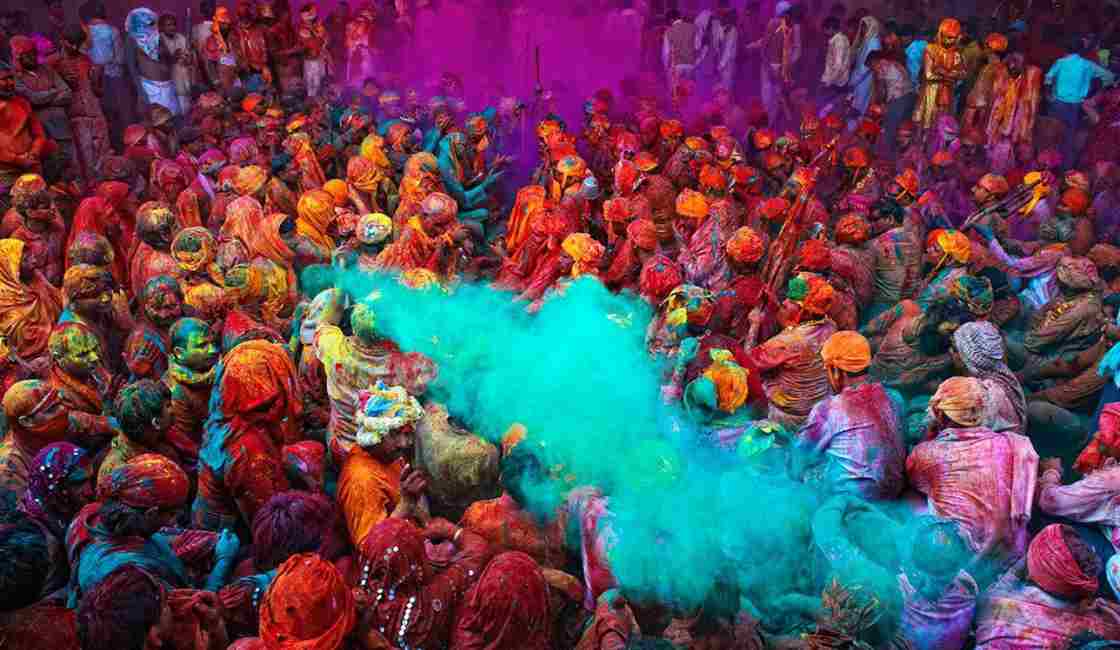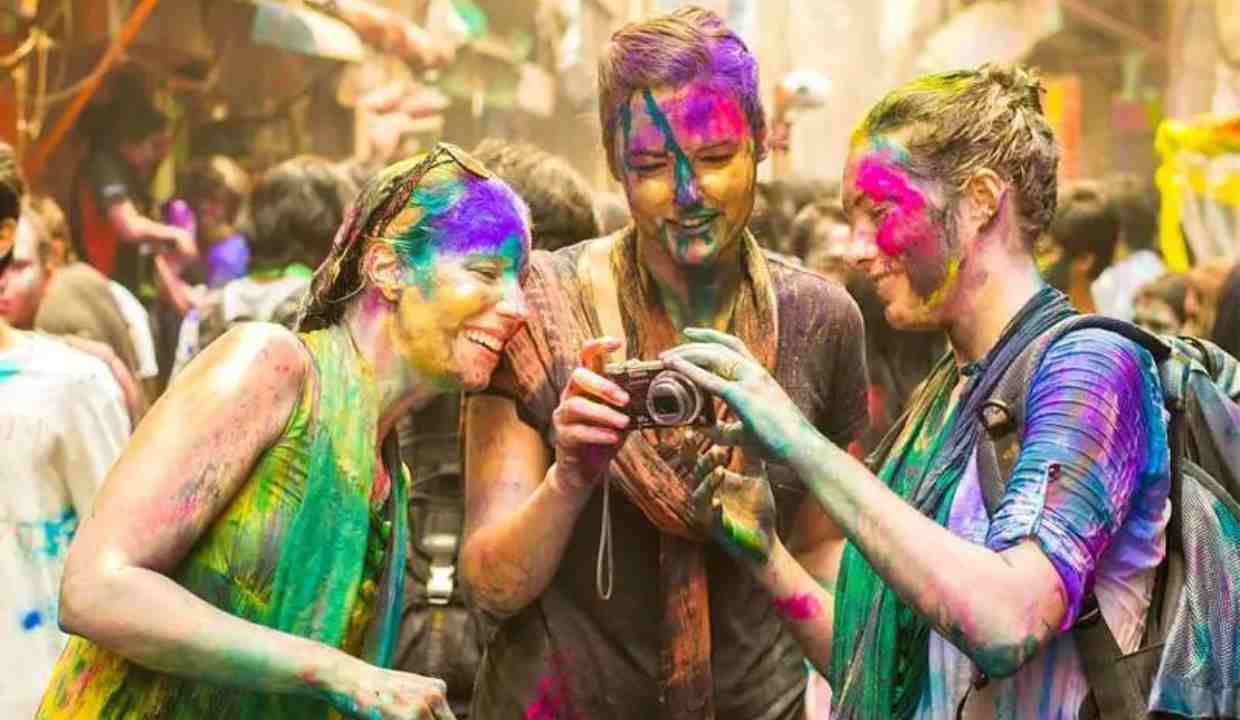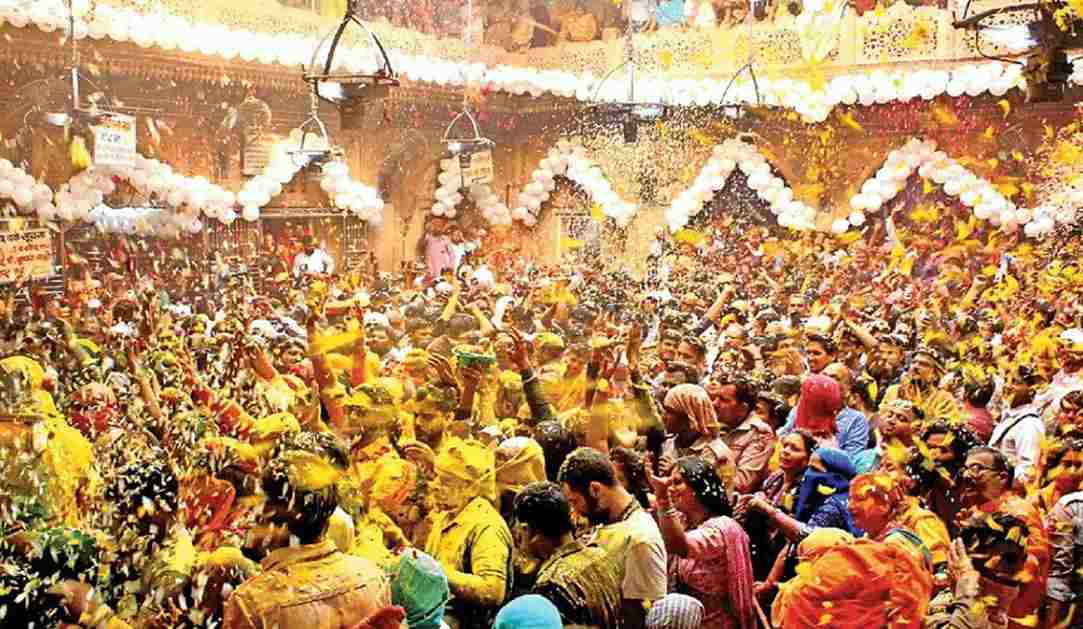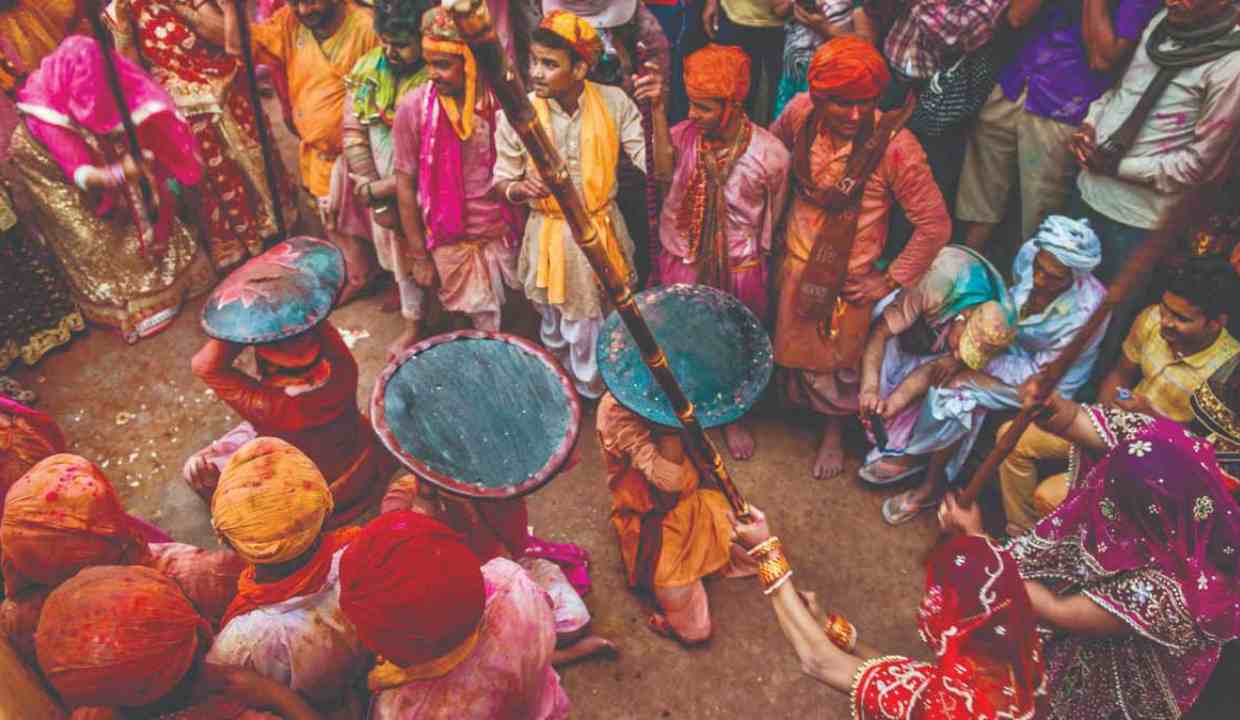Holi 2024: Holi, often called the festival of colors, is an iconic Hindu festival that captivates the senses and ignites the spirit with its vibrant colors and vibrant festivities. This ancient tradition originating in the Indian subcontinent has transcended geographical boundaries to become a global phenomenon, symbolizing the victory of good over evil and the arrival of spring. In this comprehensive guide, we explore the rich tradition of Holi, its origins, customs, global appeal, controversies and contemporary significance.
Origins and legends

The roots of Holi can be traced to ancient Hindu mythology, where it is mentioned in various texts and scriptures. One of the most popular legends associated with Holi revolves around the story of Prahlad and Holika. According to Hindu mythology, Prahlad, a devotee of Lord Vishnu, was persecuted by his own father, the tyrannical king Hiranyakashipu, for his unwavering faith.
The king’s sister Holika attempted to burn Prahlad alive in the pyre, but her sinister plot was foiled by divine intervention. Prahlad escaped unharmed, while Holika perished in the flames, symbolizing the victory of righteousness over evil. This story of victory and devotion forms the cornerstone of Holi celebrations, where bonfires are lit to commemorate the defeat of evil.
Holi 2024, Symbolism and significance

Holi has deep symbolic significance, marking the beginning of spring and the renewal of life. As winter gives way to the gentle embrace of spring, nature awakens from its slumber, and adorns the earth with a kaleidoscope of colours.
Similarly, Holi symbolizes the rejuvenation of the human soul, as people shed the blanket of darkness and embrace the light of hope and happiness. The festival is a pleasant reminder of the eternal cycle of creation, destruction and regeneration, embodying the timeless wisdom of ancient Indian philosophy.
Traditional customs and rituals
Holi is celebrated with great enthusiasm and enthusiasm, with each region in India adding its own unique flavor to the festivities. The eve of Holi, known as Holika Dahan or Chhoti Holi, bonfires are lit across the country, symbolizing the victory of good over evil. Families gather around pyres, sing songs, dance and pray for prosperity and blessings.
On the day of Holi, the streets come alive with a riotous splendor of colors as people douse each other with colored powder and water. Known as “Gulaal” and “Abeer”, these vibrant colors add a touch of magic to the festivities, promoting a feeling of unity and harmony among the revelers.
Globalization and intercultural celebration

In recent years, Holi has transcended its cultural boundaries to capture the imagination of people around the world. With the roots of the Indian diaspora spreading far and wide, Holi celebrations have become increasingly popular in countries such as the United States, the United Kingdom, and Australia.
Communities with South Asian heritage organize grand Holi events with music, dance and traditional rituals to reconnect with their cultural roots and celebrate their identity. However, the globalization of Holi has also sparked debate about cultural appropriation and commercialization, with some expressing concerns about the dilution of its religious and cultural significance.
Controversy and criticisms
While the global appeal of Holi has brought communities together and promoted cultural exchange, it has also given rise to controversies and criticism. Some argue that the commercialization of Holi has taken away its spiritual essence, reducing it to a mere spectacle or party.
Critics point to the proliferation of “color races” and theme-based events that prioritize entertainment over tradition, reducing the festival’s authenticity. Additionally, there have been concerns about cultural appropriation, with non-Hindu communities adopting Holi customs without fully understanding their religious significance. These debates highlight the complexities of cultural exchange in an increasingly interconnected world.
Holi in contemporary India

Despite its ancient origins, Holi continues to evolve and adapt to changing times. In contemporary India, the festival is celebrated with enthusiasm and zeal, crossing religious and social barriers.
It acts as a unifying force, bringing together people from diverse backgrounds to celebrate the spirit of inclusivity and brotherhood. However, Holi celebrations are not without challenges, as issues of safety and environmental sustainability come to the forefront. Concerns about water wastage, pollution and safety during festivals have led to calls for greater awareness and responsible celebration.
Conclusion
Ultimately, Holi stands as a testament to the enduring power of tradition, culture and community. As we immerse ourselves in the colors and joyous celebrations of Holi, let us not forget its deeper significance – a celebration of life, love and the victory of good over evil.
In a world often wracked by division and discord, Holi serves as a beacon of hope and unity, reminding us of the inherent beauty of diversity and the transformative power of joy. So, let us come together, embrace the spirit of Holi, and paint the canvas of life with vibrant colors of love, laughter and togetherness.


